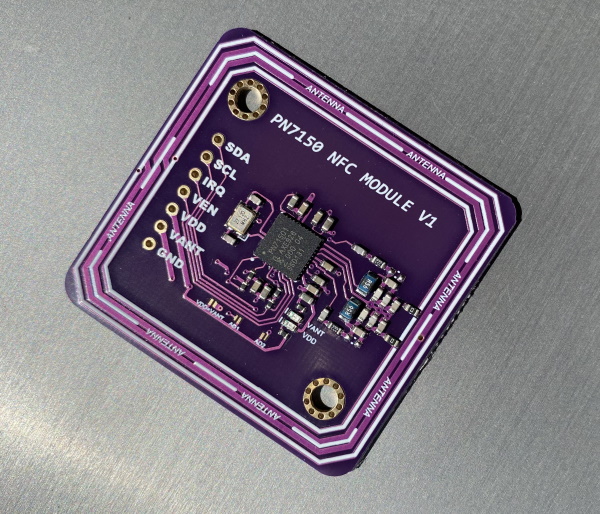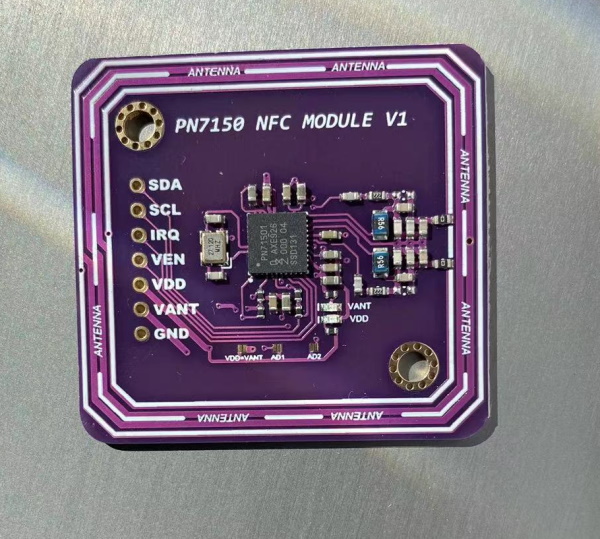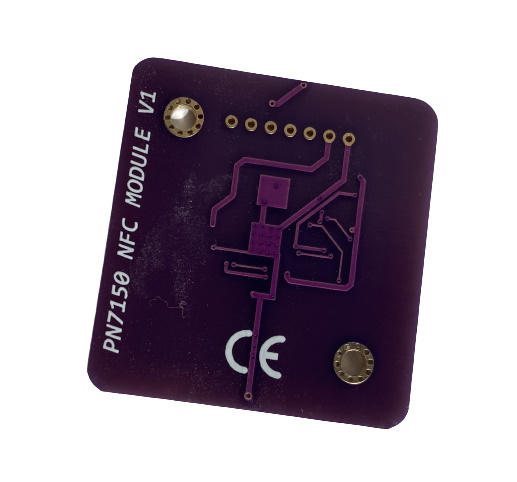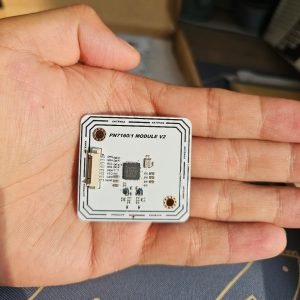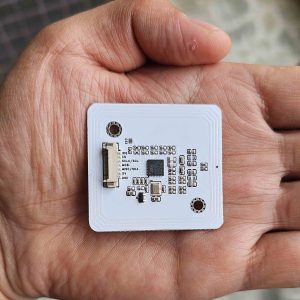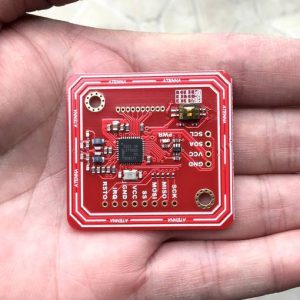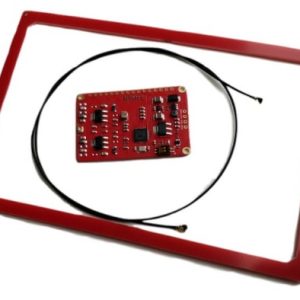Overview
Since it becomes harder and harder to source PN532 genuine chips in the market while the price is rising urgently, we decide to develop this PN7150 module. NXP released PN7150 to replace PN532. However, as PN532 becomes too popular, the market doesn’t want to update the chip. So NXP stopped producing more PN5321 and now the chip price is going crazy.
PN7150 is more powerful than PN5321. However, PN7150’s software could not be compatible with PN5321’s. To help PN5321 board users to switch to the PN7150 board, we made hardware-compatible design. PN7150’s board size, antenna size, and installing holes are the same with PN5321 board’s. If you switch to PN7150, you might only need to change the connection and your code. For new product developers, we recommend PN7150 because NXP could continue this chip while they might stop PN532 as PN532 is too old (almost 20 years).
Features
Full software compatibility
- Support for Linux, Android, RTOS and NullOS
- Interface to Raspberry Pi, BeagleBone Black
All NFC operating modes
- Read/Write Mode: ISO/IEC 14443 A&B up to 848 kbit/s, FeliCa at 212 & 424 kbit/s, MIFARE Classic with 1K, 4K, NFC Forum type 1, 2, 3, 4, 5 tags, ISO/IEC 15693
- All peer-to-peer modes
- Card Emulation Mode (from host): NFC Forum T4T (ISO/IEC 14443 A&B) at 106 kbit/s, NFC Forum T3T (FeliCa, PN7150 only)
Flexible host interface
- Supply voltage: 1.8 to 3.3 V
- I2C interface: 3.4 Mbit/s
- NCI 1.0-compliant protocol
- IRQ signal for improved synchronization
Complete, power-efficient NFC control
- RF driver: 3.0 to 4.75 V, 180mA max (PN7150); 2.7 to 3.3 V, 180mA max (PN7120)
- Implemented according to device requirements v1.3
- Fully configurable polling loop with low-power mode
- Load modulation scheme: active (PN7150), passive (PN7120)
Key Benefits
- Seamless integration of NFC into any application, especially those with OS systems
- Plug-and-play NFC operation with many platforms, including most LPC, QorIQ®, Kinetis and i.MX boards
- All typical NFC use cases, including pairing, personalization, extended user interface, maintenance, etc
- Fast deployment of advanced, fully interoperable NFC functionality, with a lower overall cost
Testing Result
| Reading Distance | PVC Card Mifare One
(85mm*54mm) |
Small Card Mifare One
(25mm Round) |
| Distance (mm) | 80mm | 50mm |
Testing with Raspberry Pi:
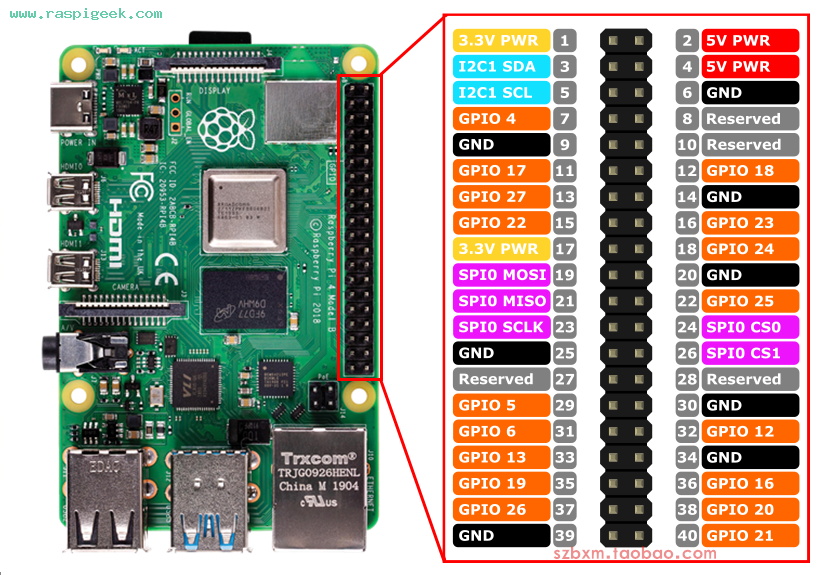
We test it with Raspberry PI:
| PN7150 MODULE | RASPBERRY PI PIN # | RASPBERRY PI PIN Explanation |
| SDA | #3 | SDA |
| SCL | #5 | SCL |
| IRQ | #16 | GPIO23 |
| VEN | #18 | GPIO24 |
| VDD | #1 | 3.3V PWR |
| VANT | #2 or #4 | 5V PWR |
| GND | #6 | GND |
After connecting the hardware as the table above, we could refer to this guide:
PN7150 Raspberry Pi SBC kit quick start guide
We could ignore the hardware part and directly start with Page 5 (3.3).
Testing with ESP32
| PN7150 | ESP32_DEVKIT | ESP32-WROOM-32 |
| SDA | D21 | GPIO21 |
| SCL | D22 | GPIO22 |
| IRQ | D14 | GPIO14 |
| VEN | D13 | GPIO13 |
| VDD | 3V3 | |
| VANT | VIN/5V | |
| GND | GND |

Hardware information
This product has the same size and installation holes with PN532 NFC RFID MODULE V4. So it is easy to update with minimum changes.

